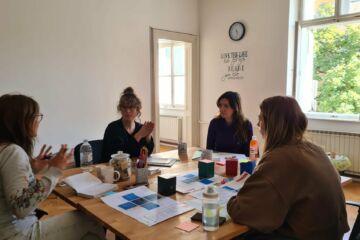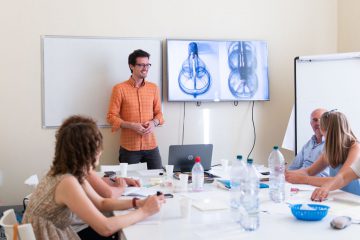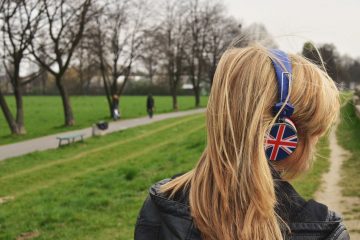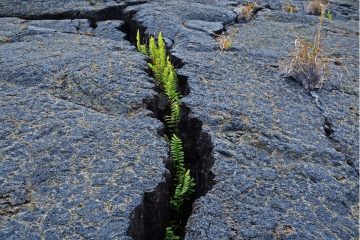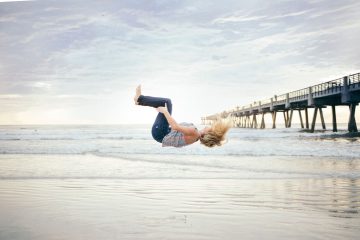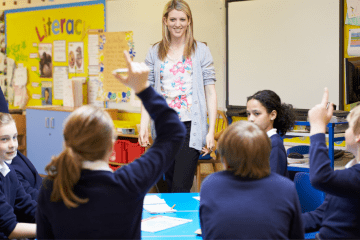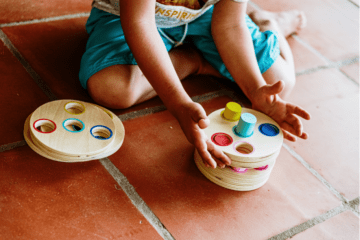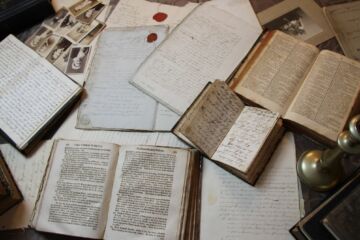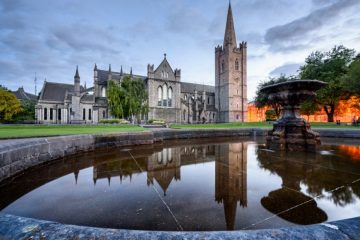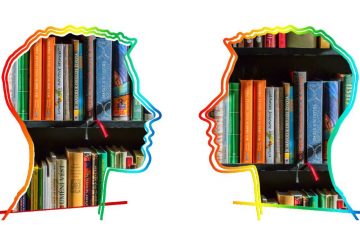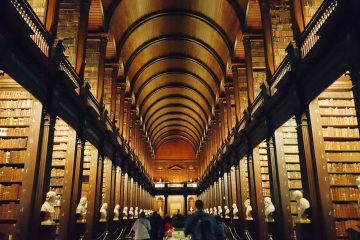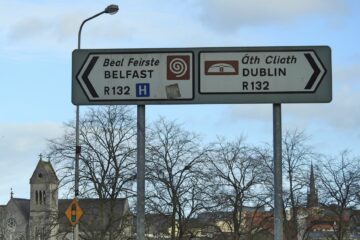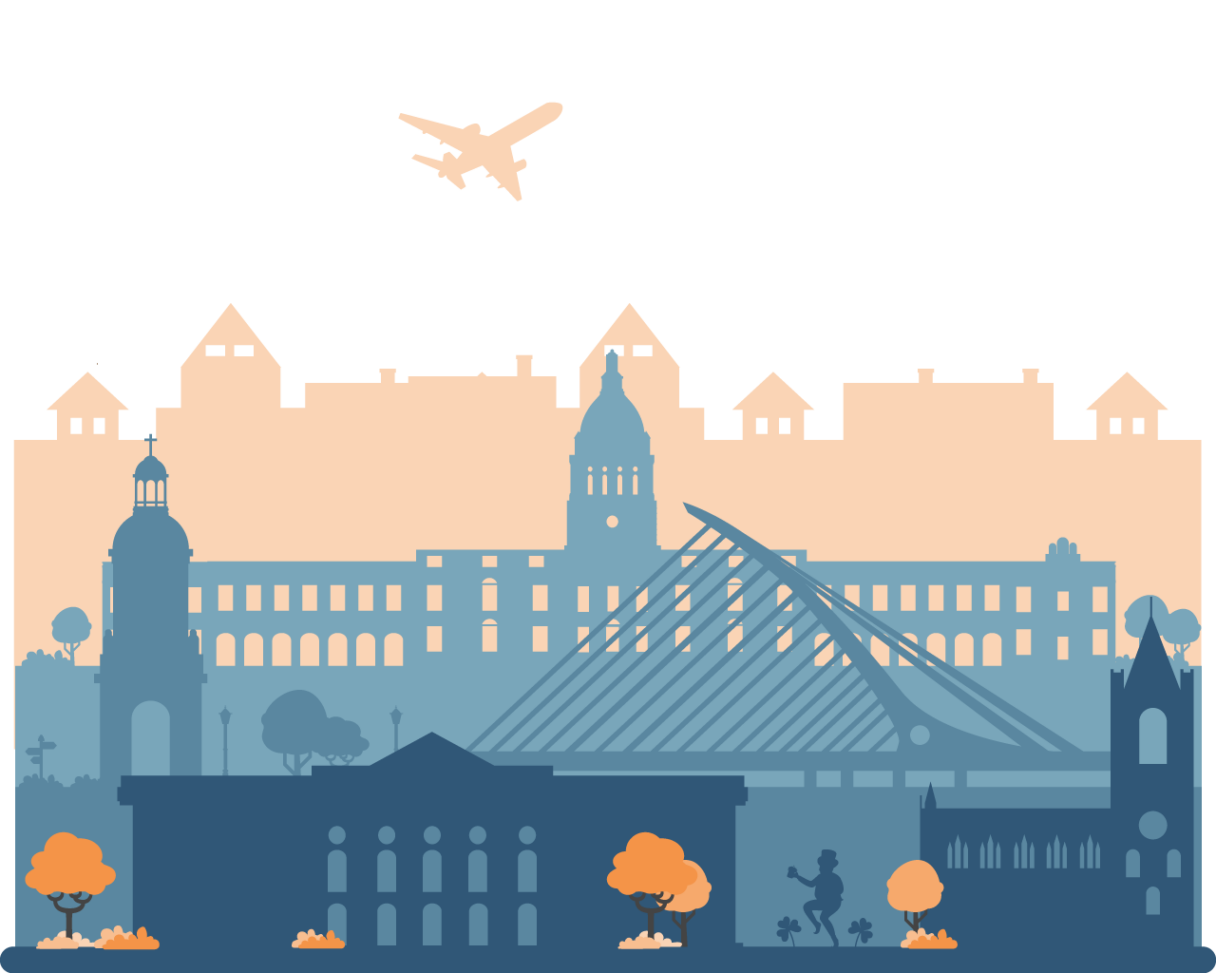
Erasmus Courses for Teachers in Dublin, Ireland
OID: E10239861
A lively capital that has a rich literary history, traditional music, and the world-famous Guinness brewery.
Confirmed Sessions in Dublin
Reviews
About the Training Centre in Dublin
All our courses in Dublin will take place either in the Morning (9:00 13:45) or in the Afternoon (14:00 – 18:45) depending on classroom and trainer availability.
We are in: Haddington Place, Dublin D04 RD88, Ireland
Virtual Tour
Organization’s Fiscal Data
OID: E10239861
PIC: 896613778
Europass Teacher Academy
Address: Haddington Place, D04 RD88, Dublin 4, Ireland
VAT: IE3642930JH
Company Registration: 657417
Responsible Person (name, function, e-mail, tel):
Dr. Robert Schwamborn, Director
Email: teacheracademy@europassnetwork.eu; ireland@europassnetwork.eu
Phone: +39 055 1997 3220 / +353 (0)89 495 3361
How to reach us
The school building on St. Haddington Rd is right behind St. Mary’s Church, in walking distance of St. Stephens Green Park.
You can get there by using the Dublin tram, called LUAS. Get off at the stop Charlemont when using the Green Line and walk eastwards along the canal.
Alternatively, some buses stop close to Haddington Road, at Baggot Street (Bus stops No 752 and 782) and Northumberland Road (Bus stops No 412, 413, and 489) see dublinbus.ie.
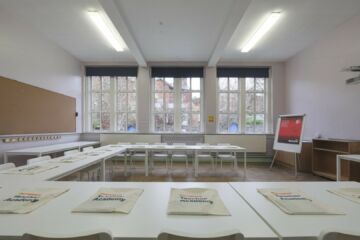
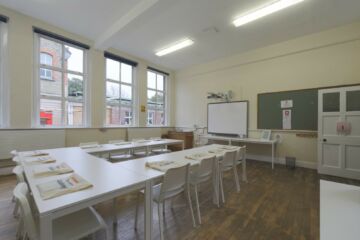

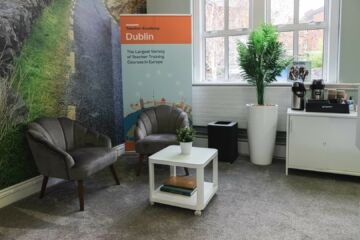
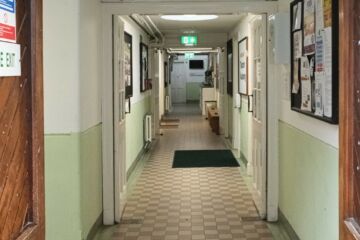

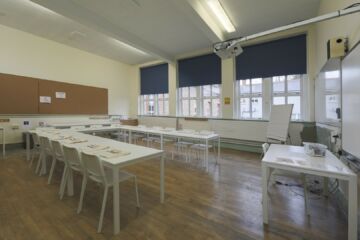
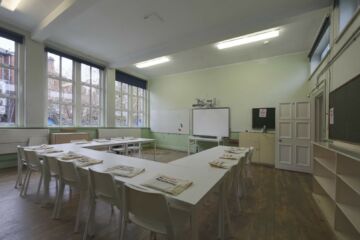
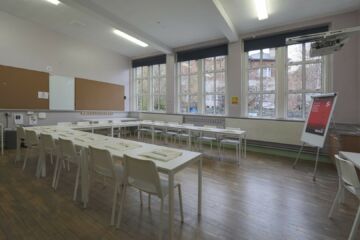
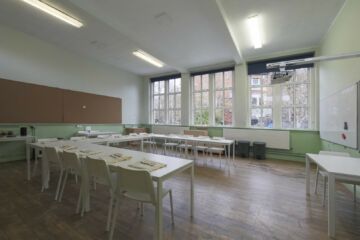
Our Cultural Activities
The following cultural activities are included in the price of each Erasmus course in Ireland:
- A guided tour of Dublin
- A full-day tour on Saturday in Dublin’s surroundings
Our guided tour of Dublin
Join your guide on this 1.5-hour tour of Dublin, where we will ease ourselves into the heart of the bustling Irish capital by first walking through St Stephen’s Green, a Georgian-era park rich with a variety of flora and fauna. Enjoy the songs of the musicians or ‘buskers’ whose melodies echo down Grafton Street, our iconic shopping street whose walls and shop fronts are made up of Victorian-era and modern buildings.
On almost every corner in Dublin proudly stands the statues of figures throughout centuries of Irish history who fought for Ireland’s Independence – from Theobald Wolfe Tone to Daniel O’Connell. We will saunter through the lively cobbled streets of the atmospheric Temple Bar area, and finally, gaze upon the Spire that towers over Dublin’s city center.
Learn about Irish customs, and culture and perhaps pick up a few words of ‘Gaeilge’ in your introduction to Baile Atha Cliath.
Our Full-day Tour on Saturday

As the week of lessons draws to a close, it’s time to unwind and enjoy the weekend. If you and your fellow colleagues have come together at Europass, we have an offer for you – all-inclusive tours to some of the most stunning locations in the area. These trips include professional guides, tickets, and transportation, all at an affordable price that’s included in your course fee. Don’t miss out on this opportunity to explore the region and relax!
Make sure to book your return flight accordingly so you won’t miss this opportunity to immerse yourself in the Emerald Isle’s rugged landscapes and ancient history.
Glendalough & Russborough House
Located just south of County Dublin, on this tour you won’t have to travel too far to discover Ireland’s beautiful countryside. We will pass the garden of Ireland, a very fertile farming area to reach Glendalough, the “Valley of the Two Lakes” – one of the most romantic and tranquil places in Ireland. Roam the ancient monastic site and learn about St. Kevin who founded the monastery in the 6th century. Appreciate the untouched nature of the glacial valley of Glendalough that hosts these preserved historic ruins. We will then pay a visit to Russborough House for a guided tour of this 18th-century mansion near Blessington Lakes in County Wicklow.
Start time: 8:30 am
Returning to Dublin: 5:00 PM
Powerscourt Half Day Friday tour
Explore the magnificent 47-acre gardens, voted 3rd best garden in the World by National Geographic. Marvel at the sublime blend of formal gardens, sweeping terraces, statues, ornamental lakes, secret hollows, and rambling walks only 35 minutes from Dublin.
*Please note: this activity is offered during peak season months only.
Best Things to Do in Dublin

Irish people are famous for their songs, dance, and literature. Dublin is the birthplace of three winners of the Nobel Prize in Literature: George Bernard Shaw, Samuel Becket, and William Butler Yeats. We are the only country with a musical instrument as our national emblem, which would explain why we’re also a 7-time winner of the Eurovision Song Contest. Our history is rich with folklore and our ‘gift of the gab’ is attributed to our love of storytelling, making our presence, despite being such a small island, world-renowned.
1) St Stephens Green

St Stephens Green is a historical park and garden. It is located in the center of Dublin City, south of the River Liffey and it provides an oasis of green tranquility in the middle of a bustling city. Many Dubliners spend their lunch break here, and in summer, theatre productions and music bands create a lively atmosphere. St Stephens Green park is adjacent to one of the main shopping streets, the pedestrianized Grafton Street, which is also famous for its street musicians.
2) Museum of Literature Ireland
Discover Ireland’s rich literary heritage, experience immersive exhibitions, filled with treasures from the National Library of Ireland, including ‘Copy No. 1’ of Ulysses. The museum’s nickname, MoLi, is a tribute to the character Molly Bloom from James Joyce’s influential novel!
3) Trinity College Dublin

Visiting the most famous university in Ireland is like a journey to the 16th century. Present and past meet to convey passion and love for knowledge in the center of Dublin. Trinity was the alma mater of Jonathan Swift, Oscar Wilde, and Samuel Beckett. The campus is a masterpiece of Georgian architecture and it is elegantly landscaped, too. Within its walls, in the Old Library, you can take a look at its most well-known treasure, the Book of Kells, an illuminated manuscript Gospel book with the four Gospels of the New Testament completed by St Jerome in 384 AD. The popularity of the manuscript derives largely from its extravagant decoration, which is unmatched in scope and artistry.
4) Bray Head
Situated on the border of Country Dublin and County Wicklow, Bray is a much-loved seaside town featuring notable venues and attractions such as the SeaLife aquarium, The Harbour Bar, and many ice-cream parlors along the Stoney beach. Plan an afternoon hike to reach the cross at the summit for one of the best bird’s eye views of both counties. The cross that can be seen from miles away was erected in 1950 and attracts hundreds of hillwalkers each year. Alternatively, take the route from Bray to Greystones where the DART train conveniently brings you right back to Dublin city center in less than 1 hour.
5) Guinness Storehouse
A must-see for beer lovers! The Guinness Storehouse leads you to experience the most iconic Irish stout, the history of its founder, Arthur Guinness, how its marketing became recognized all over the world, and what makes its flavor so unique. Learn the craft of pouring a perfectly chilled pint of Guinness for yourself, or opt to take in the views of Dublin from the Gravity Bar and be served instead by the experts! No wonder the Guinness Storehouse has been rated as one of the most popular visitor attractions in Europe!
6) Temple Bar district

Temple Bar is often called the “bohemian quarter.” It is the place to be if you love entertainment, art, and culinary action. Pay a visit to Meeting House Square on Saturday afternoon and sample produce from the Temple Bar Markets. Here you will also find art galleries, and theatres, including Smock Alley, Dublin’s oldest theatre, and other cultural institutions, like the Irish Film Institute. It is also one of the best places to hear live Irish folk music and immerse yourself in the Irish pub culture.
7) Kilmainham Gaol
You may recognize the panopticon layout of this jail from the 1993 film ‘In the Name of the Father’ starring Daniel Day-Lewis. Before its use as a filming set, this heritage site was where many of the revolutionaries involved in the Irish 1916 Rising were imprisoned and executed before closing in 1924. Available by guided tour only, this former prison is just around the corner from the old Royal Kilmainham Hospital and Irish Museum of Modern Art. Make sure to book your tour before arriving on Irish soil as tickets sell out weeks in advance.
8) EPIC – The Irish Emigration Museum
Ireland has a long history of emigration. More than 10 million people have left Ireland to build up a new life elsewhere. In the process, they have shaped the countries they settled in, while not forgetting their Irish roots. Epic is an interactive museum – swipe through video galleries, dance through motion sensor quizzes, listen to remastered audio from 100 years ago, and watch videos that bring Irish history to life. At EPIC you’ll discover the far-reaching influence of Irish history and the impact the 10 million Irish men and women who left Ireland had on the world.
9) Christchurch Cathedral

Here lies the heart of medieval Dublin with its foundations dating back 1000 years. Restored in the 19th Century, this Anglican Cathedral is situated atop Wood Quay, a former Viking settlement site demolished in the 1970s. Christchurch connects to the Dublinia Museum via a stained glass ornamented bridge over High Street. Home to Strongbow, the mummified cat and rat, and the embalmed heart of Dublin’s Patron Saint, St Laurence O’Toole. From the depths of the crypts to the peak of Christchurch’s Belfry Tower, a visit here is a journey through the ages!
10) Teeling Whiskey Distillery
Located in New Market Square nearby to St Patrick’s Cathedral and Marsh’s Library, Teelings’ opening in 2015 marked a significant step towards the revival of whiskey production since its demise in the 20th century. Other distilleries that have since reopened in the Liberties area or ‘Golden Triangle’ in nearly 125 years, include Pearse Lyons and Roe & Co Distilleries. The Phoenix on Teeling’s label represents the rebirth of the industry from the ashes of the Great Whiskey Fire that took place in 1875 in the same area. Learn about the patient process behind how Ireland’s water of life, or ‘uisce beatha’ is made, using copper pot stills, and malted barley, matured in wine barrels. Slainté!
 Please wait, we're loading the information about the courses. It could take few seconds.
Please wait, we're loading the information about the courses. It could take few seconds.



